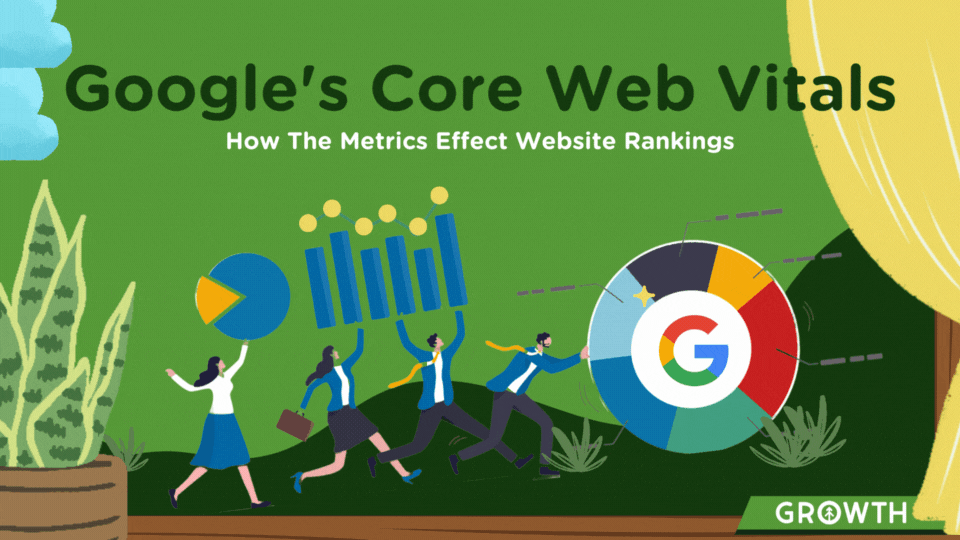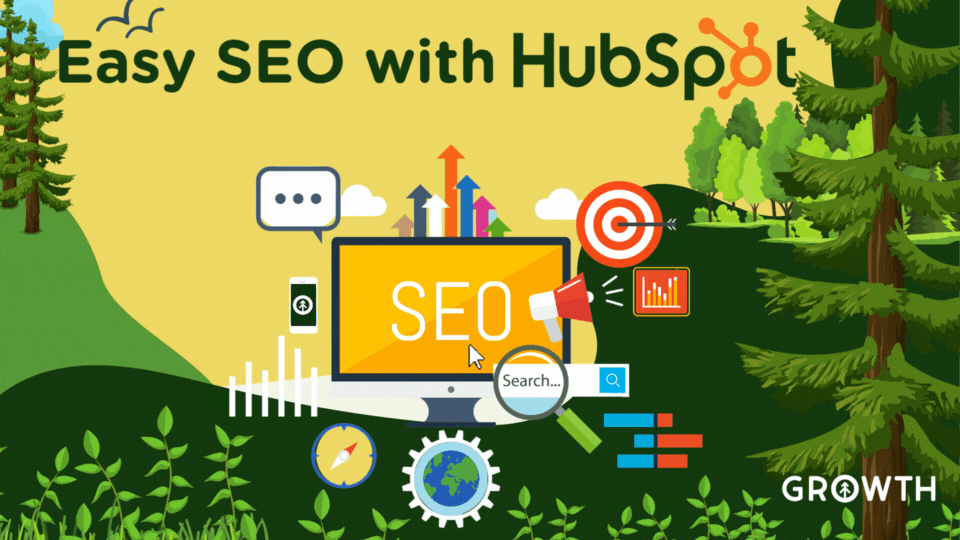The Importance of Meta Descriptions for SEO


(last updated April 19, 2022)
Let's get right down to it: Do meta descriptions matter? Yes!
Why? The meta description is one of the first elements of a website that visitors see, and it can have a powerful impact on whether or not people click through your Search Engine Results Pages (SERPs) onto your content.
When you think about user experience and the conversion benefits of an expertly written page description, things like click-through rate (CTR) and what your website offers all change when you optimize the meta description correctly.
Let's take a deep dive into exactly what meta descriptions are and why they're important. We’ll also show how to apply these SEO best practices to your website.
What is a Meta Description?
When it comes to using engaging content to improve the value of a webpage, it isn’t all about the copy on the page.
There are also hidden HTML attributes that send signals to both search engines and users.
An important part of those text snippets is SEO meta descriptions.
A meta description is a short (155 characters or less) snippet that appears underneath your website on the SERP that includes the content about your page.
A good meta description will attract users to click on not only on the search results page but also in social ads or other websites and are part of an effective on-page SEO.
Why Set A Meta Description?
It's simple: it helps potential visitors form their first impression of your site.
And due to the vast amount of large-scale SEO strategies available, it can be easy to overlook some of the smaller (but still important) tasks.
Among a sea of competing websites, your meta description calls out to the user and says, “This is the page you’re looking for!”
How Search Engines Use Meta Descriptions
As a rule of thumb, your meta descriptions should not exceed 155 characters, including spaces.
With this being a standard SEO practice, this optimization helps to avoid the truncation of the meta description in the SERPs, and, as a result, it helps to avoid high bounce rates.
For example, let’s look at what our company’s listing looks like when you type “Growth Marketing Firm” into a Google search:

Think of this as a blurb of copy summarizing your page content in just a few sentences.
It’s an excellent opportunity to write a page description that entices users to click through to your website to learn more.
Here are some Growth tips on how to write an effective meta description that is SEO friendly:
- Aim for about 1-2 sentences (140-155 characters) long.
- Include your target keyword.
- Target an emotion.
- Value the reader. Use second-person "you" more than "I" or "we."
- Add a call-to-action to entice opening the link.
- Create unique meta descriptions for each page of your website.
- Make it meaningful and descriptive, matching your content.
- Double-check how it looks with a SERP view generator tool.
Start Writing With Search in Mind
Think of meta descriptions as a pitch for every page on your website.
Readers have many motives that guide the way they click on articles, so it’s important to communicate why the page will be helpful, and make sure it accurately reflects what's on the page.
If this is your first time hearing of this SEO practice, we hope this article served as useful knowledge about meta descriptions. Good luck out there, friends!
If you want to check on how well your website if performing, ask our website grader! It knows all!
If you’re looking for more tips on how you can use meta descriptions to win over your readers and that fit into your inbound marketing strategies, check out our blog.
Growth has a human who's a pro copywriter and a pro SEO specialist, in-house. We got you! Talk to us.
Explore More Insights: Related Blog Posts
-
 HubSpotFeb 23, 2022
HubSpotFeb 23, 2022 Growth Marketing Firm
Growth Marketing FirmWebsite Performance Metrics: Page Views v. Page Visits
When your website is your 24/7 sales team (if it’s not, it should be) paying attention to the data it brings...
-
 Sales EnablementOct 3, 2021
Sales EnablementOct 3, 2021 Growth Marketing Firm
Growth Marketing FirmHow Efficient is Your Website? Our Grader Tool Knows. Ask It.
Cody Kloock · Website Grader A website grader is a tool that does exactly what its name suggests: it grades...
-
 Website DesignMay 22, 2023
Website DesignMay 22, 2023 Growth Marketing Firm
Growth Marketing FirmGoogle's Core Web Vitals to Improve Website Ranking
Maintaining a strong website is crucial for businesses of all sizes - no matter the industry.
-
 SEOSep 21, 2022
SEOSep 21, 2022 Growth Marketing Firm
Growth Marketing FirmGoogle's Helpful Content Update: What Your Marketing Team Should Know
On September 9th, 2022, Google’s Helpful Content Update completed its rollout, so we’re all under its effect...
-
 Website DesignOct 2, 2023
Website DesignOct 2, 2023 Chris Nault
Chris NaultTransforming Your Website: What to Fix and How
In our recent enlightening webinar, Chris Nault, the CEO and founder of Growth, shared invaluable insights on...
-
 SEOAug 25, 2021
SEOAug 25, 2021 Growth Marketing Firm
Growth Marketing Firm6 Steps to Writing Website Copy that Converts
Your website is a 24/7 sales tool, so the copy on your site should work toward that goal, first and foremost....
-
 Website DesignFeb 16, 2023
Website DesignFeb 16, 2023 Growth Marketing Firm
Growth Marketing FirmThe Role of Storytelling in Website Design
Everyone loves a good story. And from cave paintings to Tik Tok, humans have been using storytelling as a...
-
 SEOJun 19, 2023
SEOJun 19, 2023 Growth Marketing Firm
Growth Marketing FirmEasy SEO with HubSpot
Imagine having a tool at your disposal that does all of the following and more:
-
 Inbound MarketingJan 6, 2023
Inbound MarketingJan 6, 2023 Growth Marketing Firm
Growth Marketing FirmTop 4 SEO Benefits of Blogging
We already know that SEO drives business.

